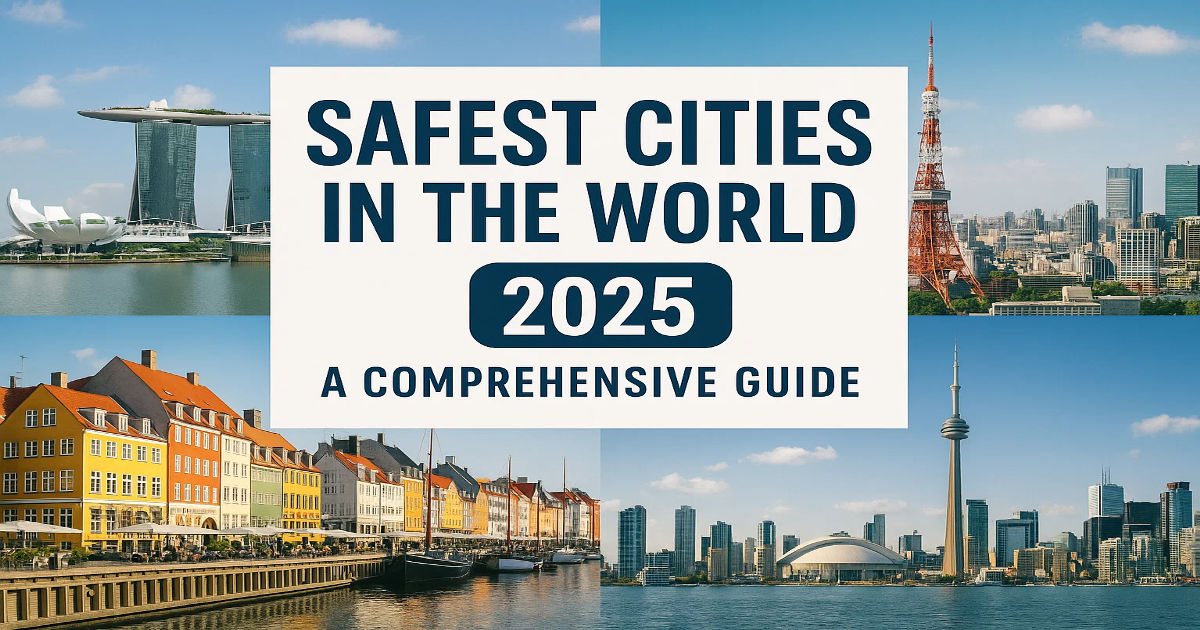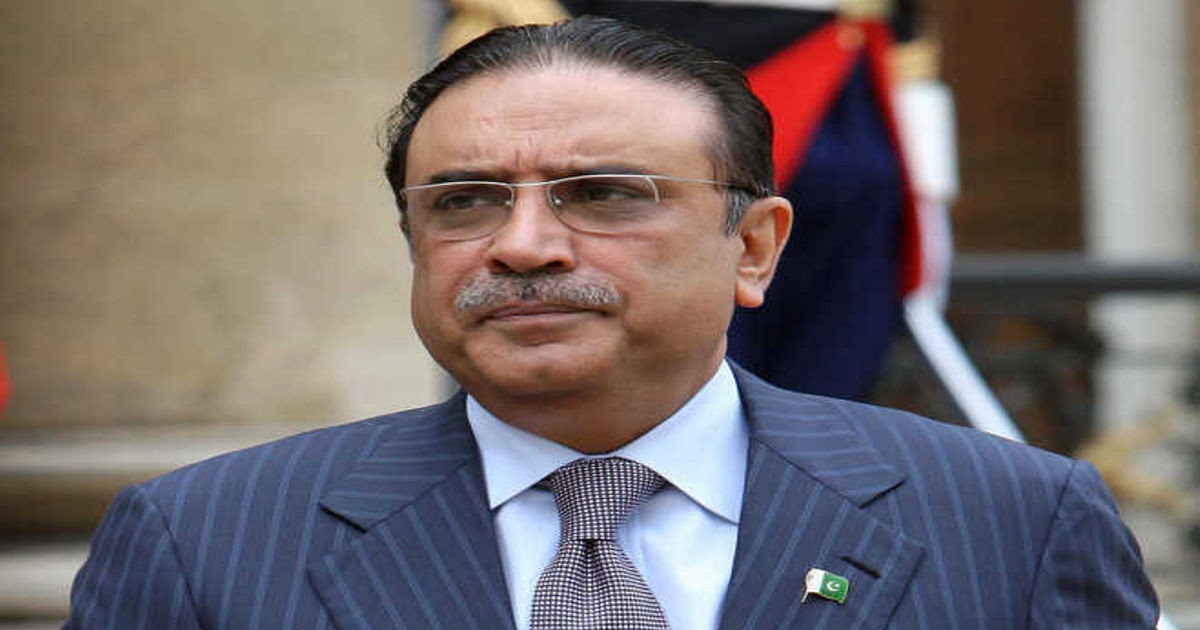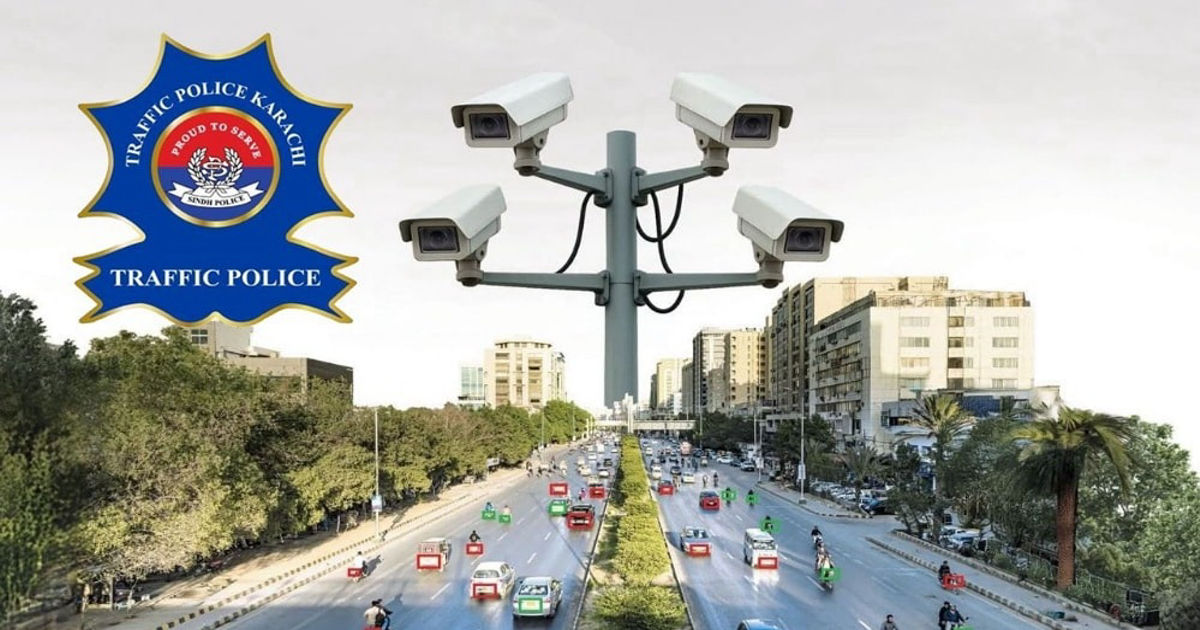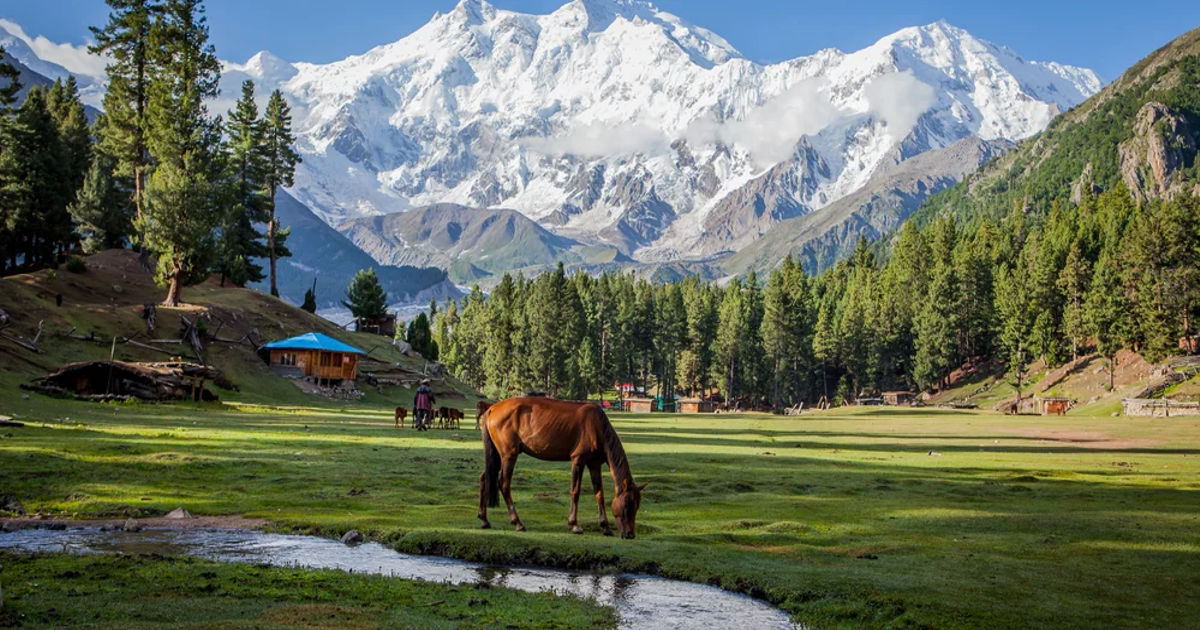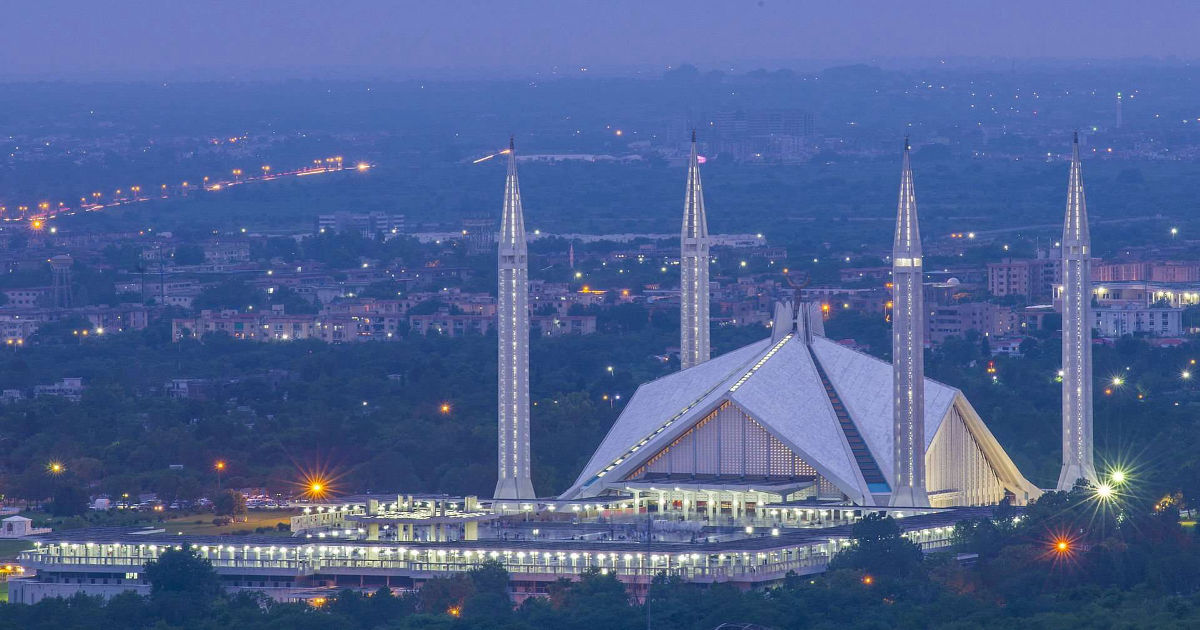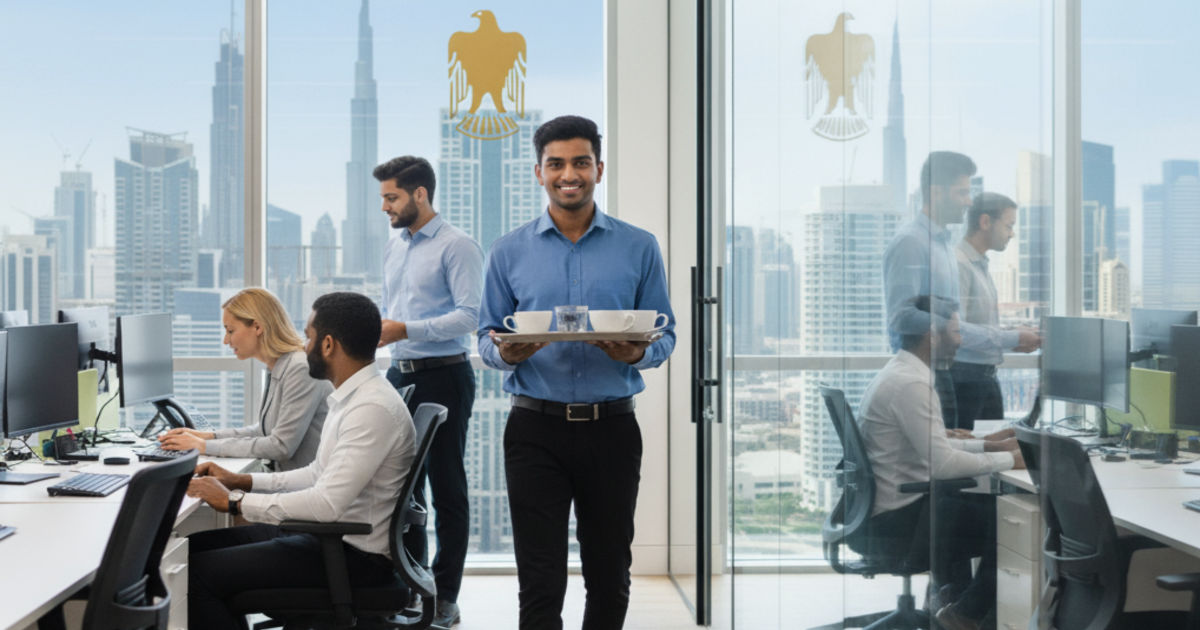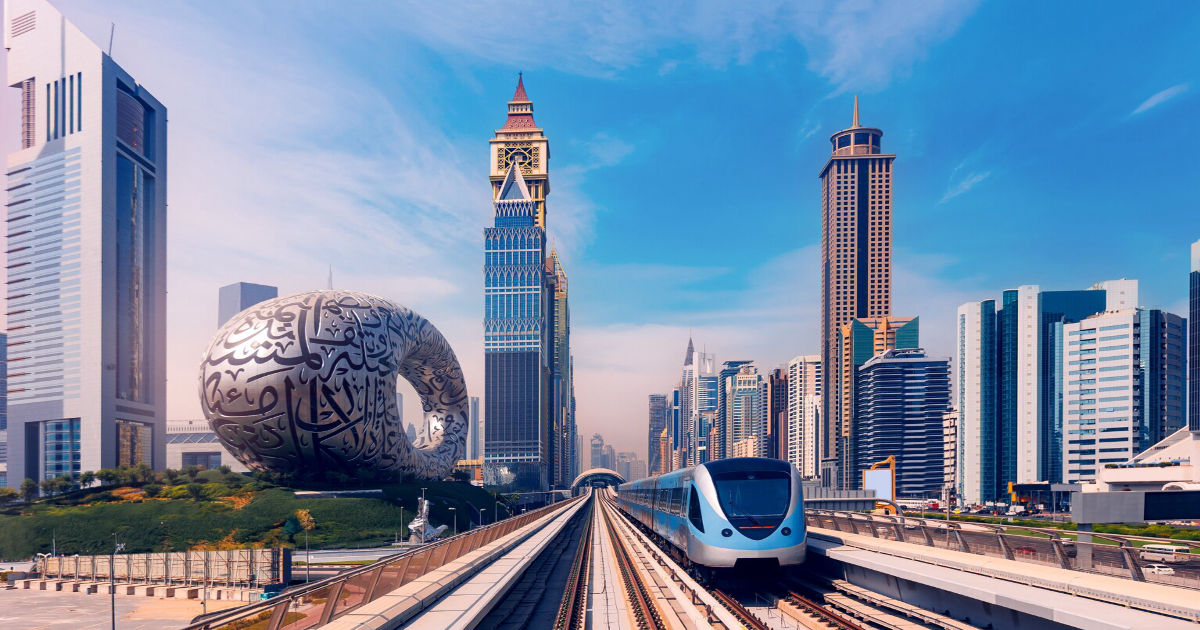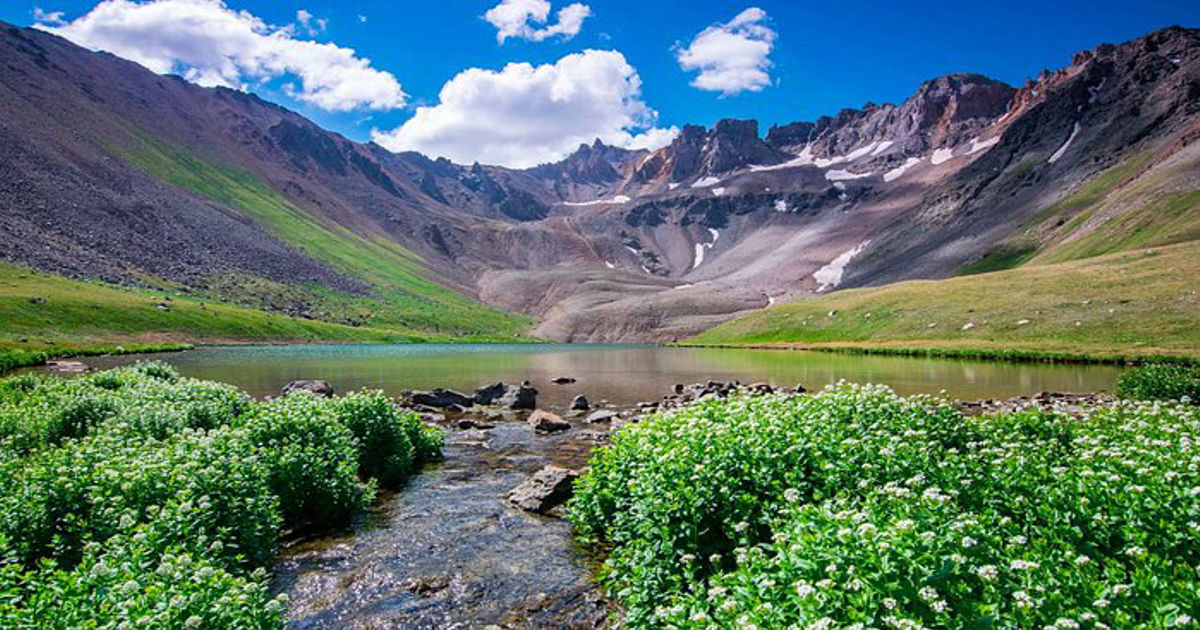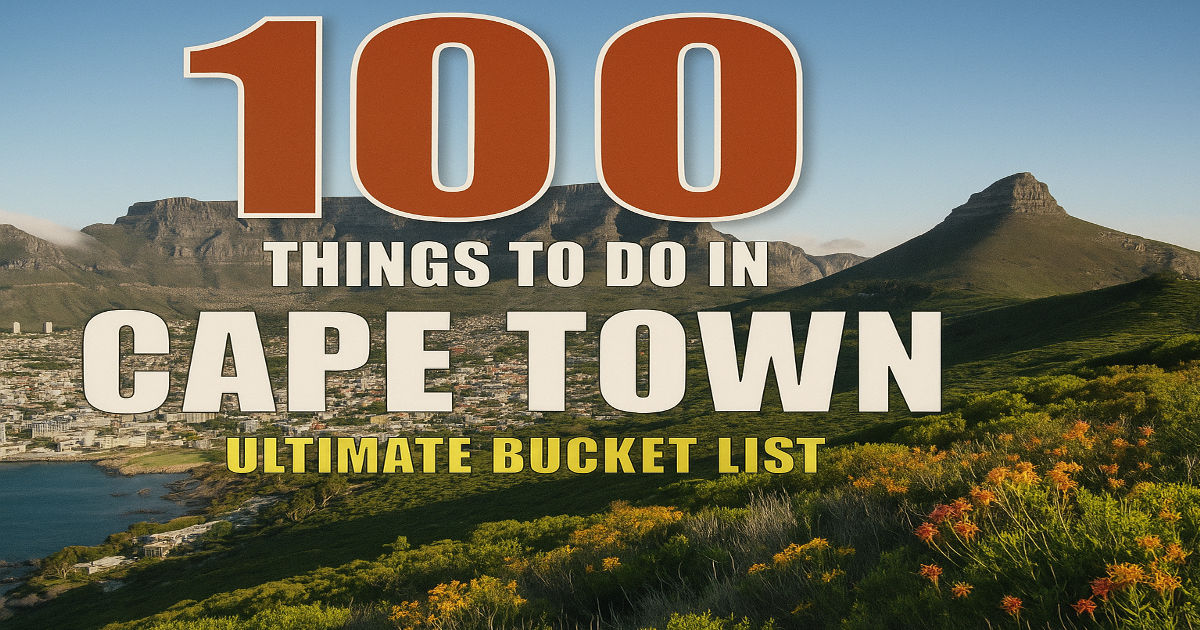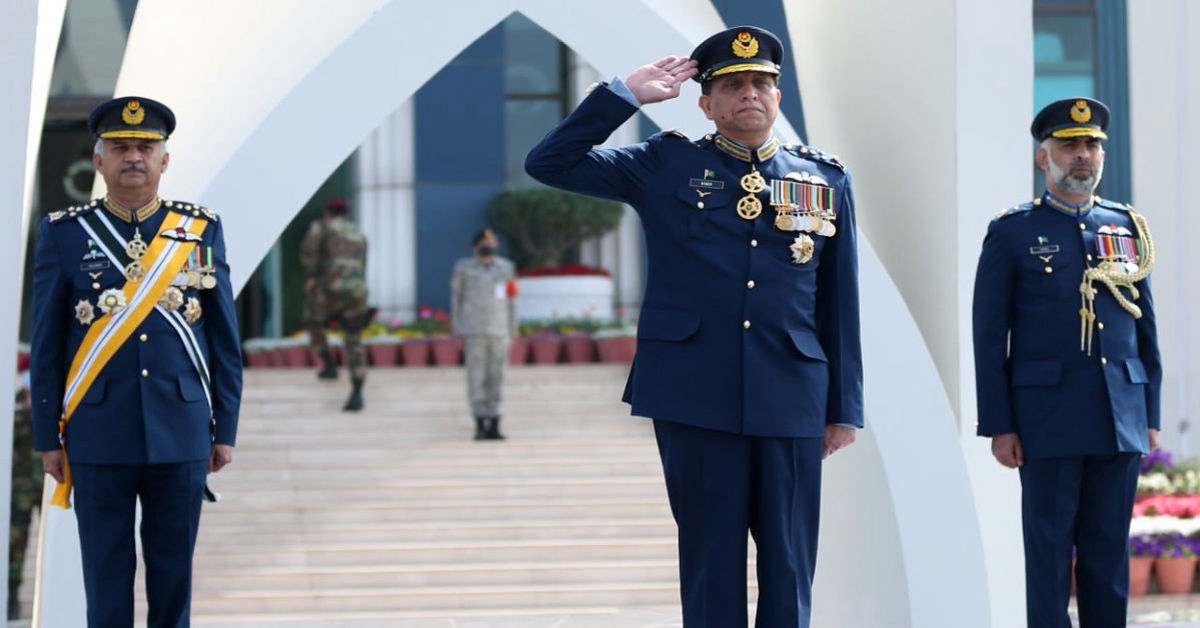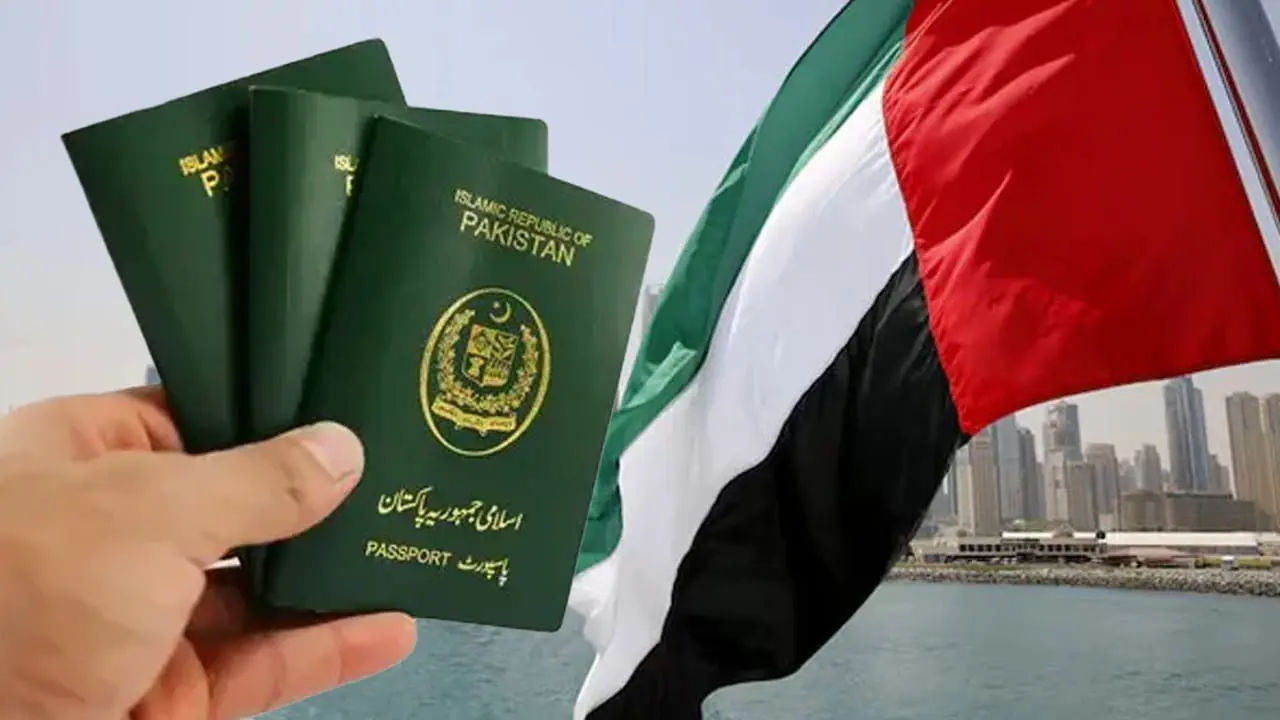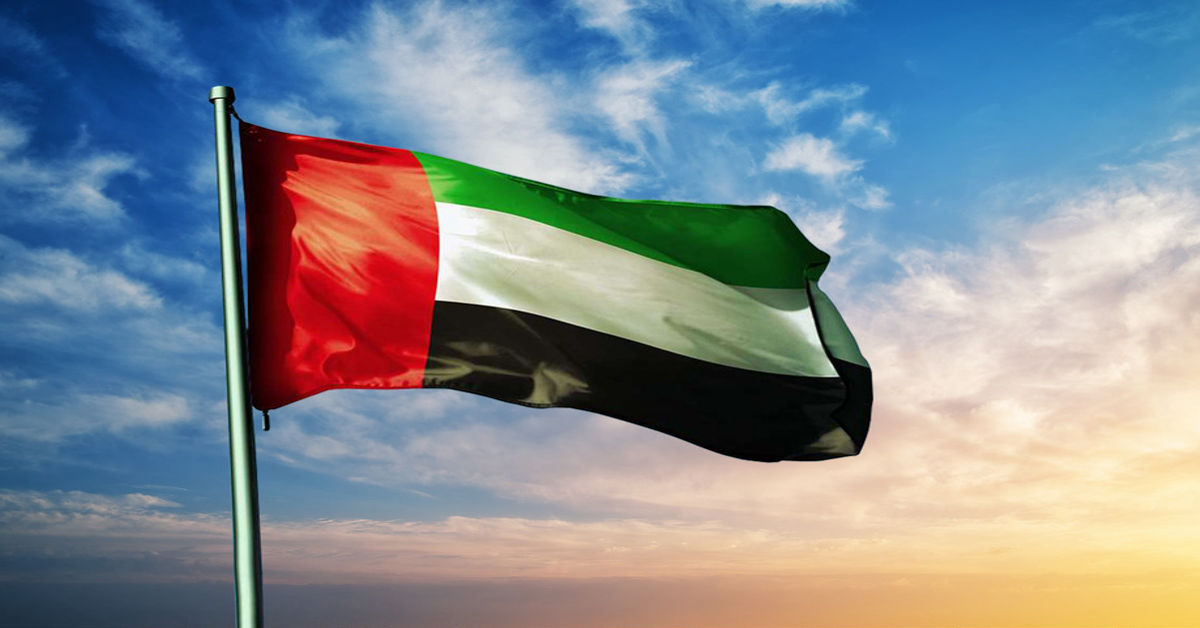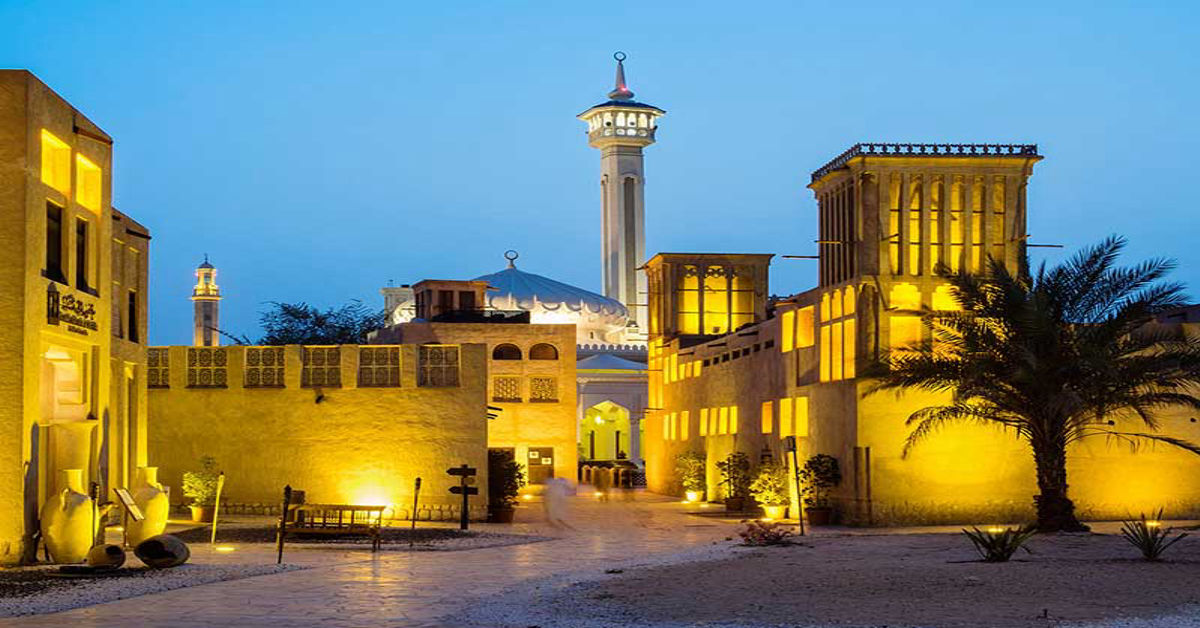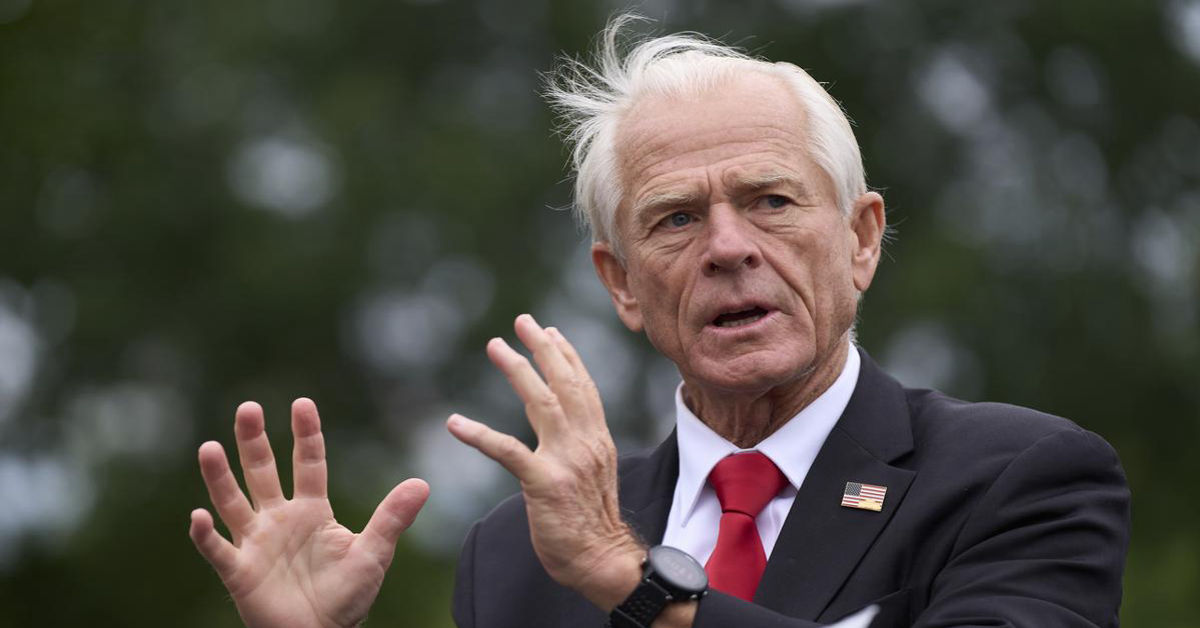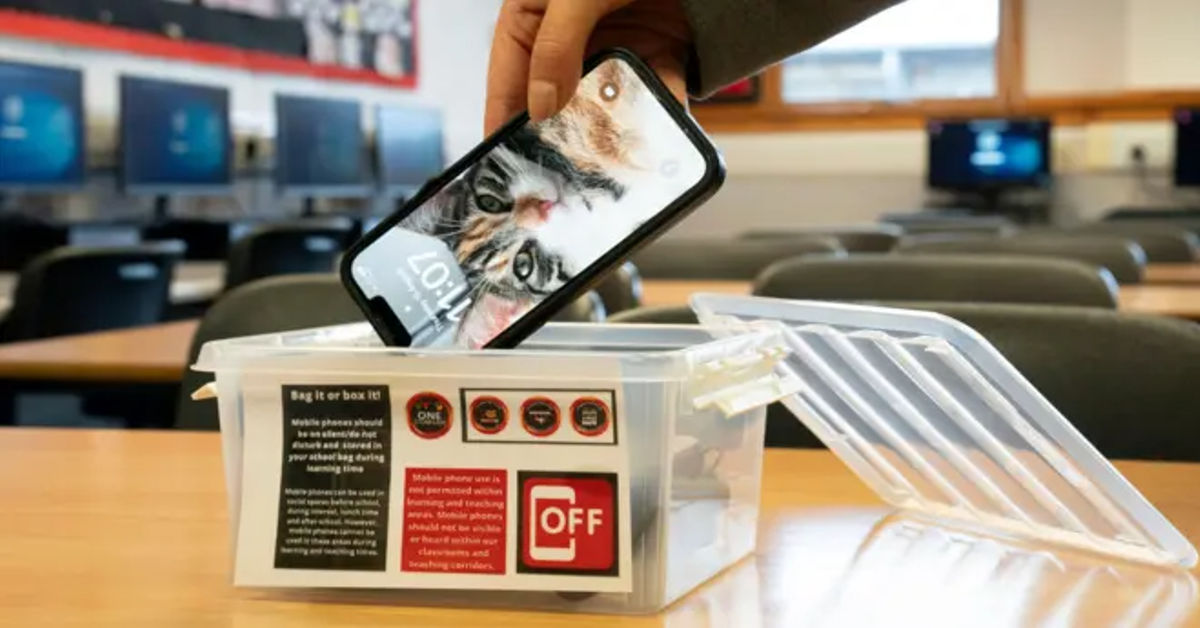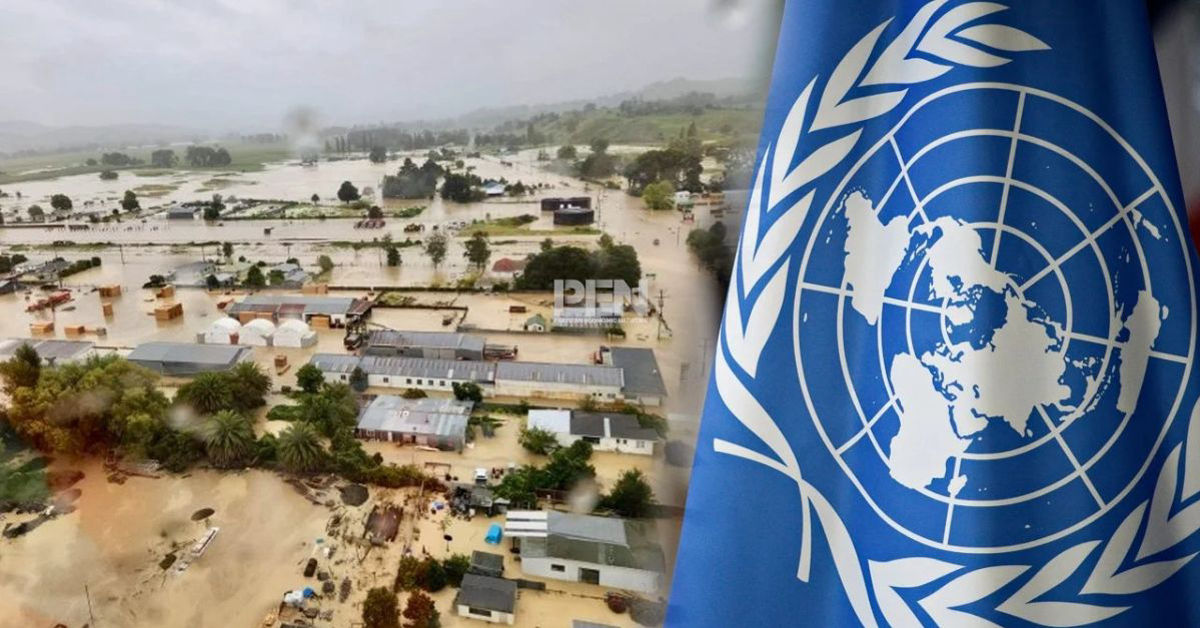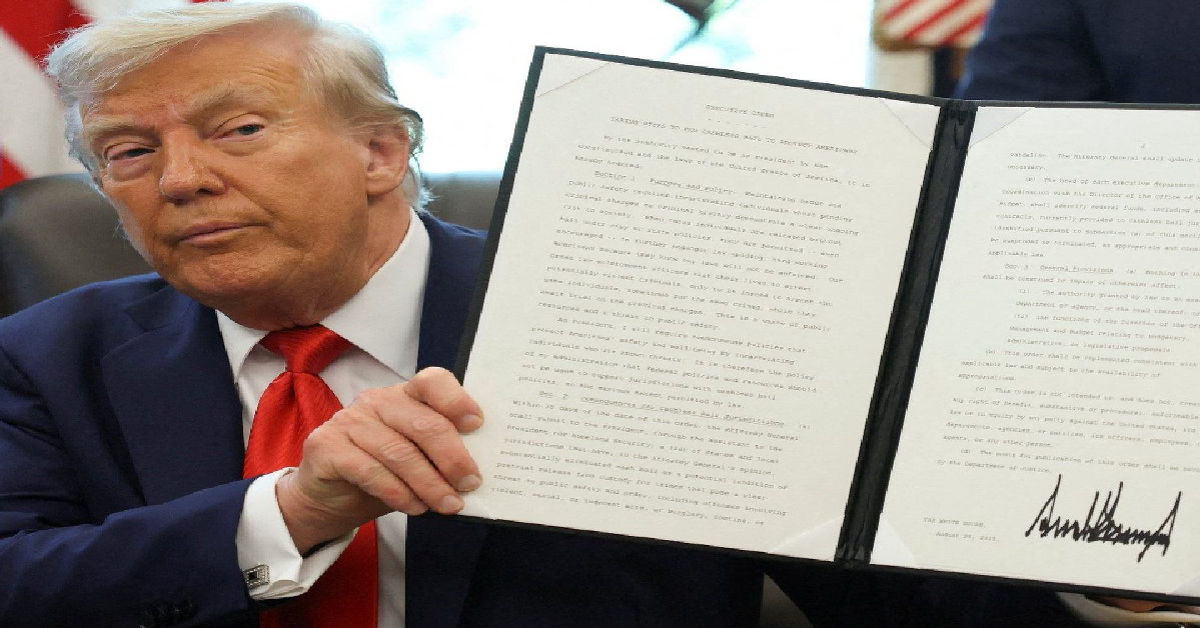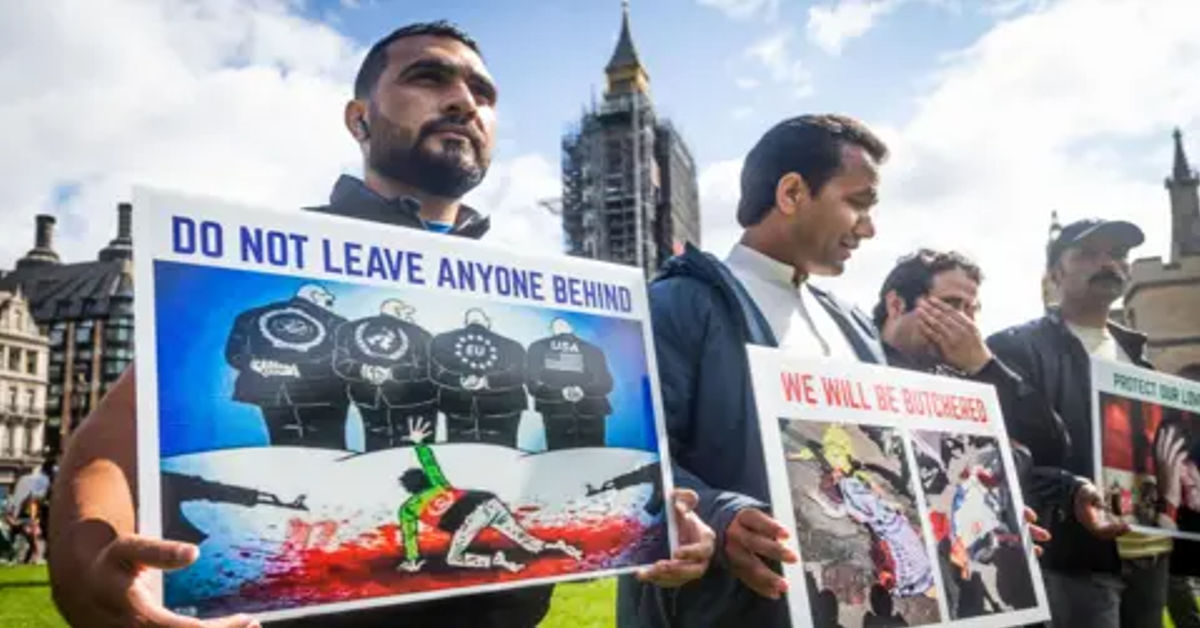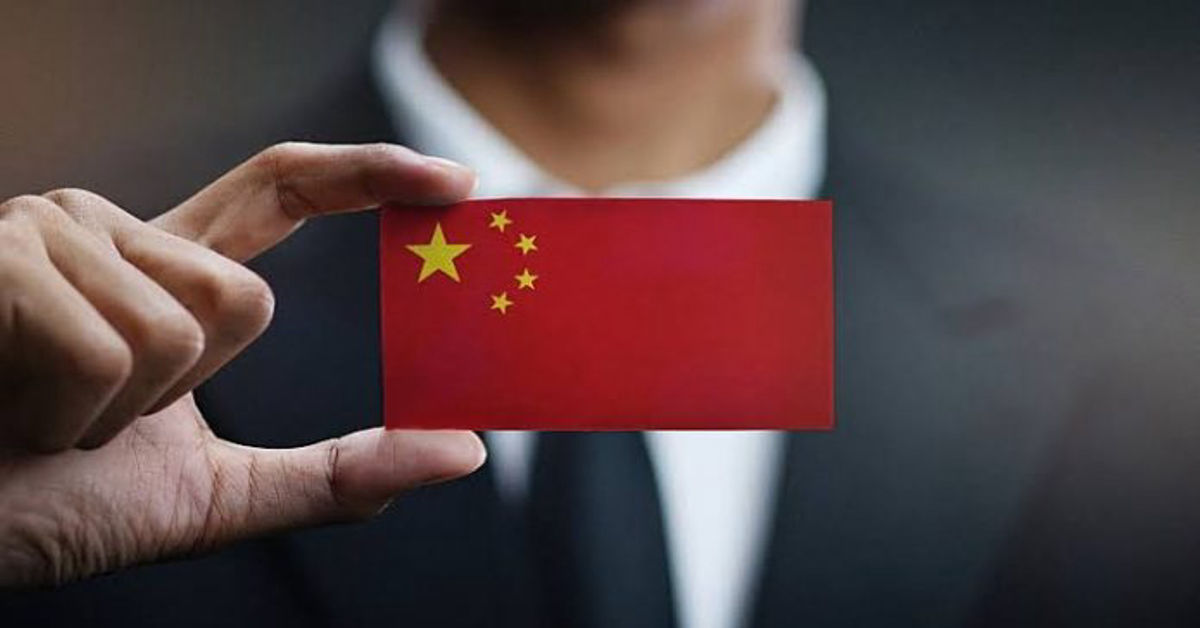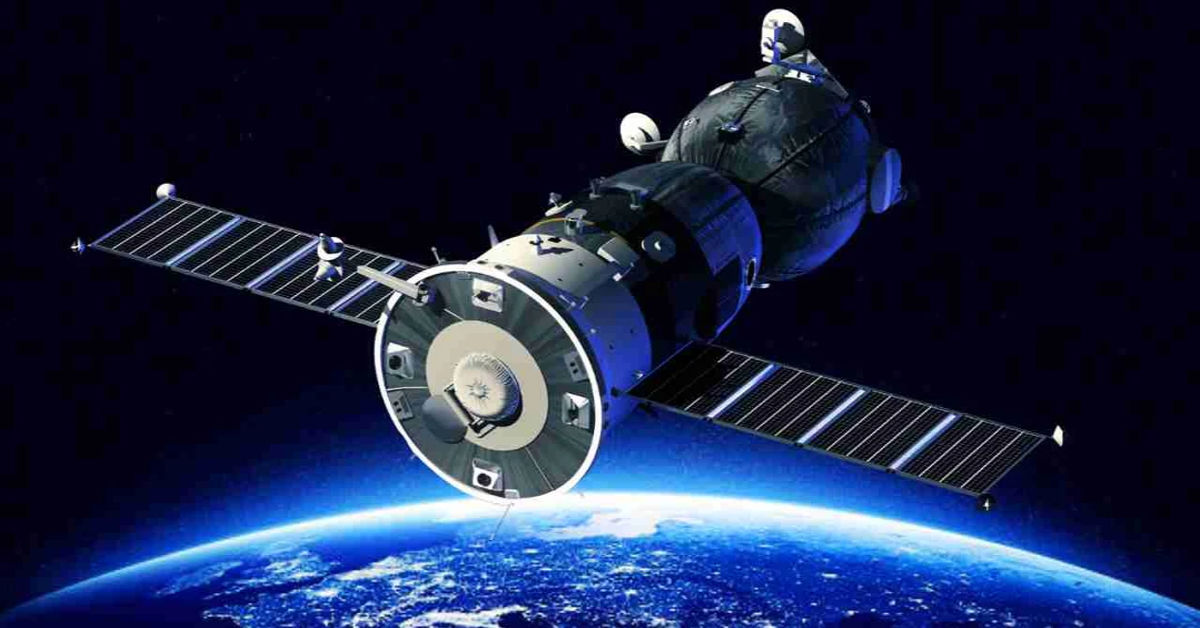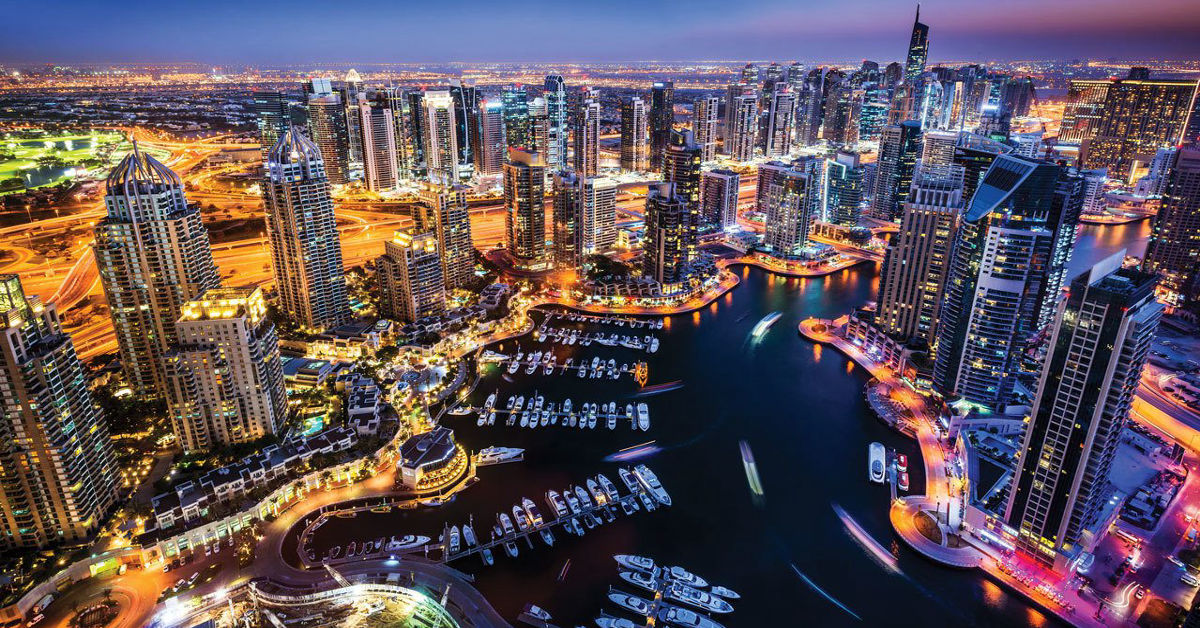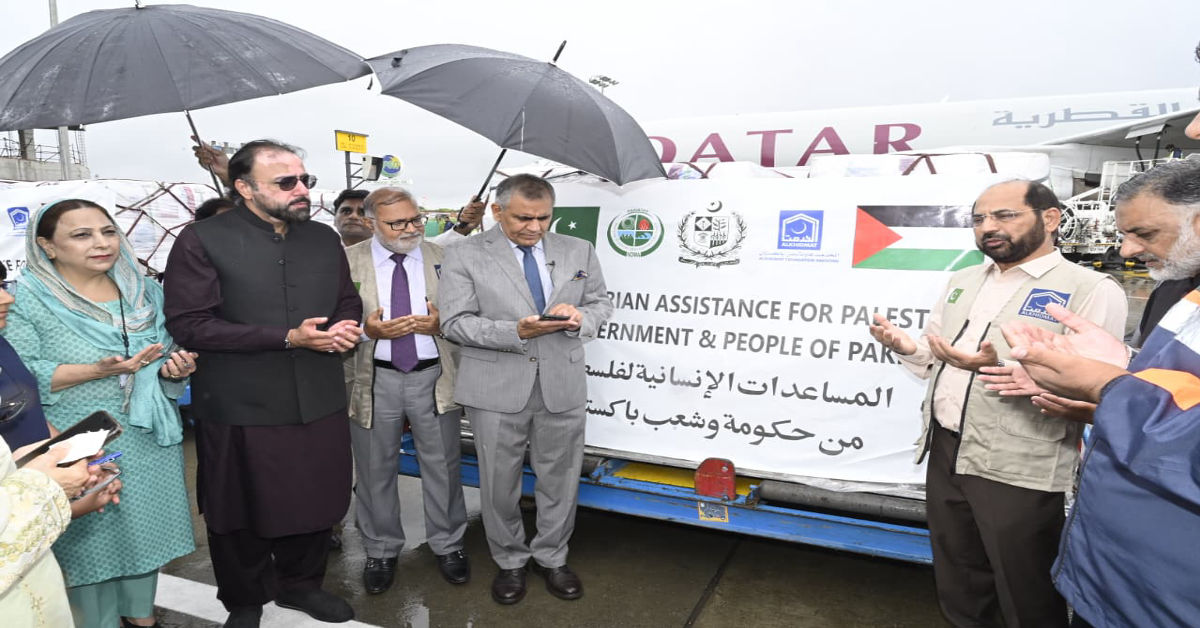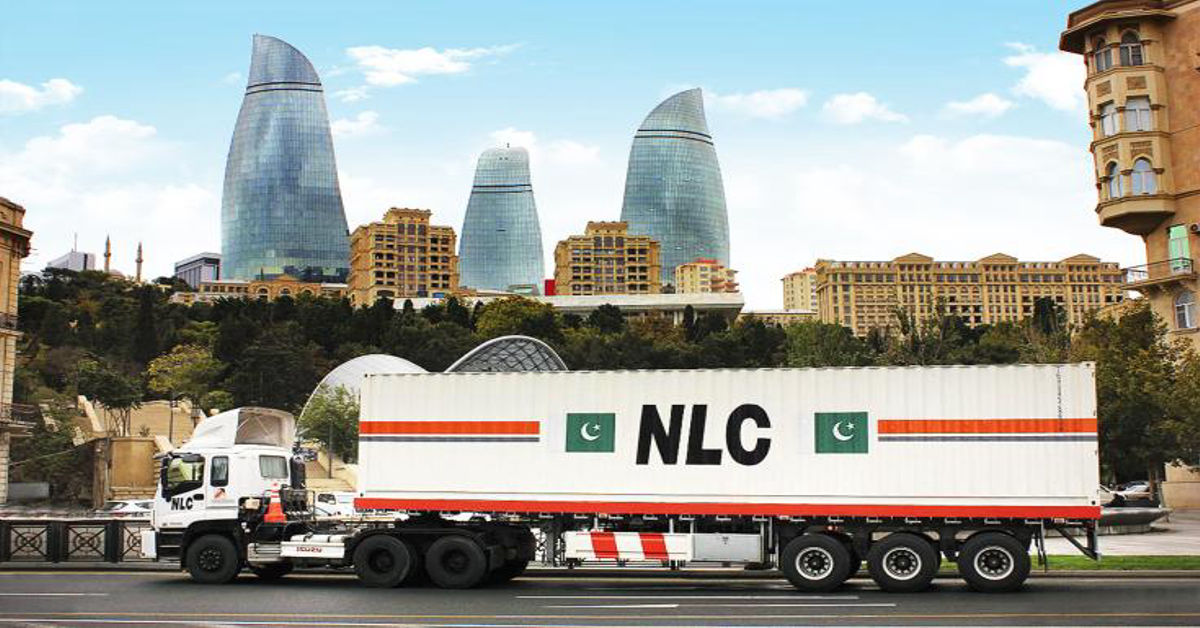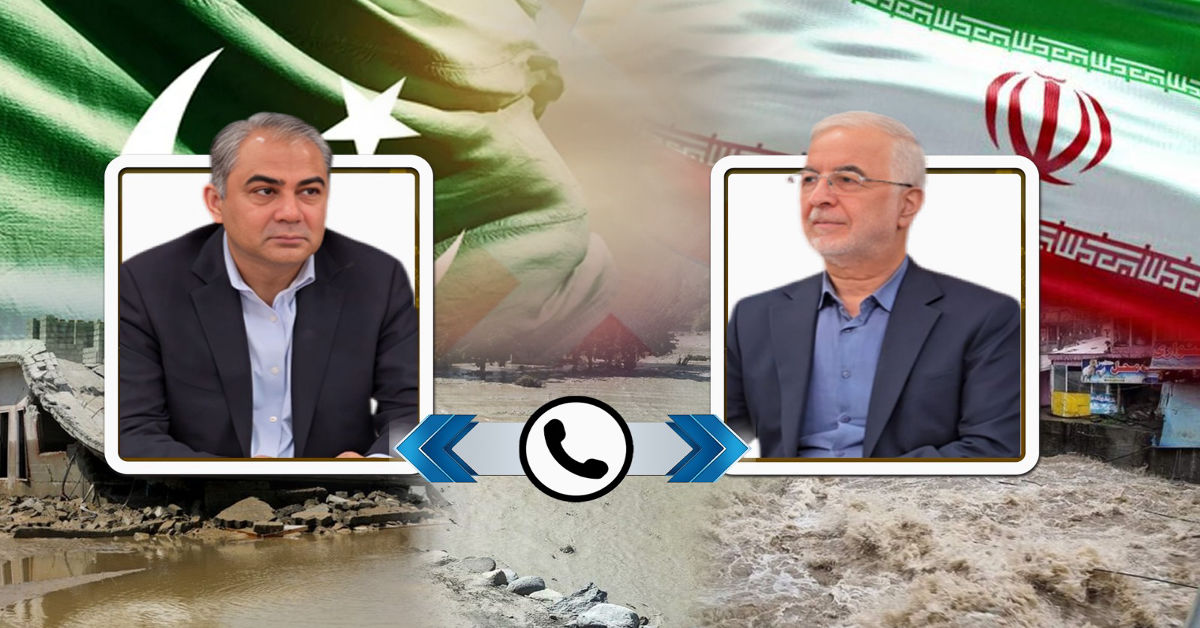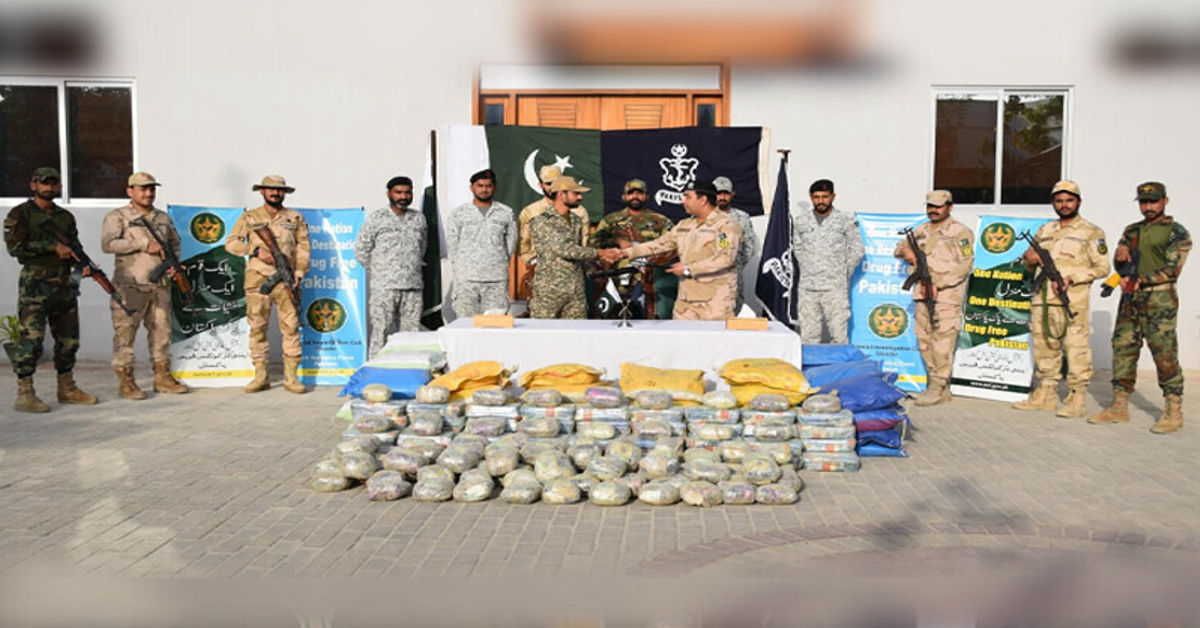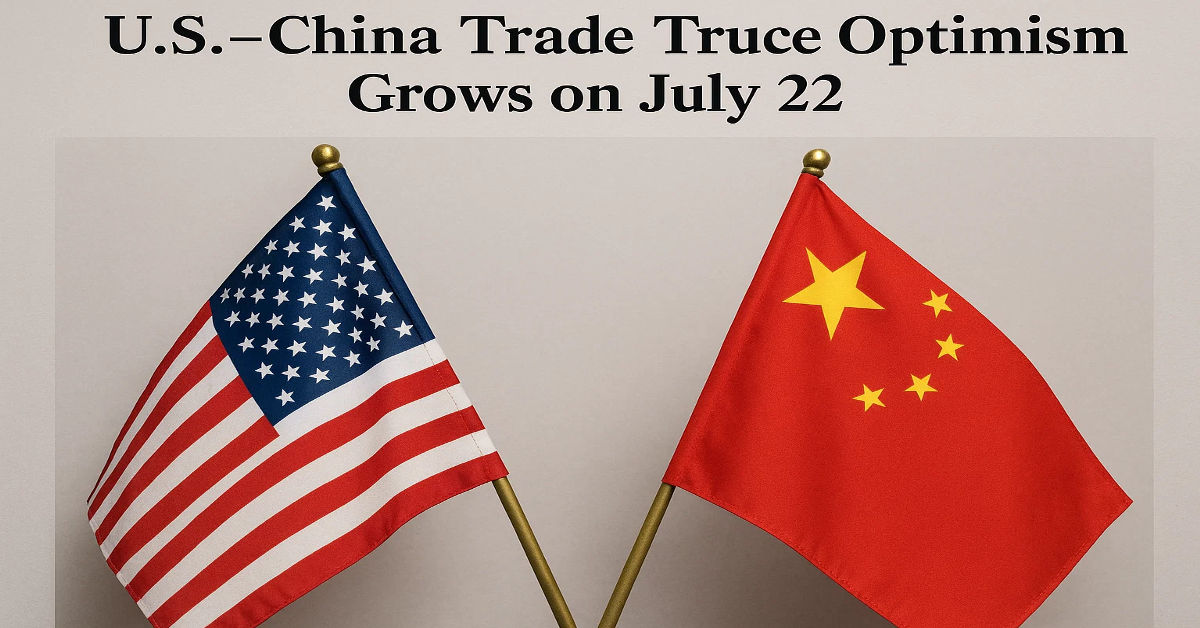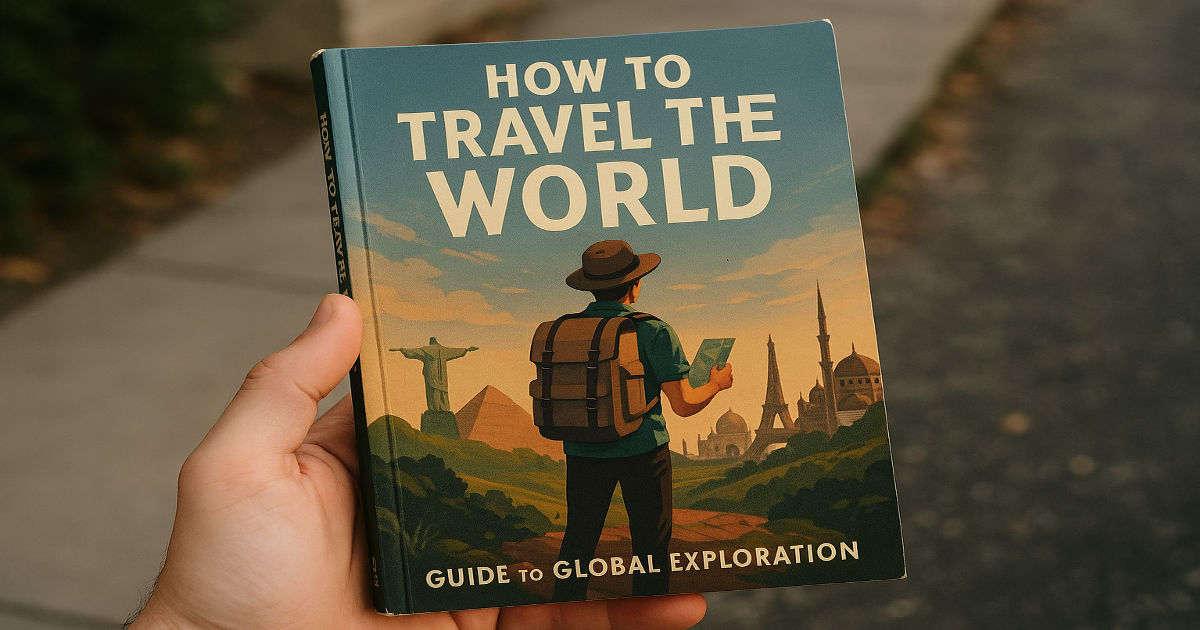
Have you ever found yourself daydreaming about far-flung places, picturing yourself wandering through ancient cities or relaxing on a pristine beach? The desire to travel the world is a powerful one, shared by countless people across the globe. It’s more than just ticking destinations off a list; it’s about experiencing new cultures, tasting unfamiliar foods, and creating memories that last a lifetime. This guide is here to turn that dream into an actionable plan.
Crafting Your Perfect Itinerary
The first step in any grand adventure is deciding where you want to go. Do you envision a fast-paced journey hitting major landmarks, or do you prefer slow travel, where you spend weeks or months in one place? Think about your interests. Are you drawn to historical sites, natural wonders, or bustling cities? Mapping out a rough route helps you understand visa requirements and the best times to visit different regions.
A well-planned travel itinerary doesn’t have to be rigid. In fact, some of the best moments happen when you go off-the-beaten-path. While it’s smart to have your first few stops booked, leaving room for spontaneity allows you to discover hidden gems and follow unexpected opportunities. Many who decide to travel the world find that their initial plans evolve as they meet new people and learn more about the places they visit.
Budgeting for Your Global Adventure
Finances are often the biggest hurdle to long-term travel, but a round-the-world trip doesn’t have to break the bank. Start by researching the cost of living in your desired destinations. Southeast Asia and parts of South America are known for being budget-friendly for backpackers, while Western Europe and Australia will require a larger budget.
Create a savings plan and track your expenses. Look for ways to cut costs, like cooking your own meals, using public transport, and staying in hostels or eco-friendly stays. Consider options like the digital nomad lifestyle, which allows you to earn an income through remote work while on the road. Financial planning is what makes a long-term journey sustainable.
Navigating Visas, Vaccinations, and Insurance
The administrative side of world travel can feel overwhelming, but breaking it down makes it manageable. Research visa requirements for every country on your list well in advance, as some applications can take weeks or even months. Similarly, consult a travel doctor to discuss necessary vaccinations and get prescriptions for any personal medications.
Never leave home without comprehensive travel insurance. It’s an essential safety net that covers medical emergencies, trip cancellations, and lost or stolen belongings. It might seem like an unnecessary expense, but it provides peace of mind and can save you from financial disaster if something goes wrong.
Packing Smart: The Carry-On Challenge
Packing light is a skill that will serve you well on any extended trip. Living out of a suitcase becomes much easier when you’re not wrestling with heavy luggage. A versatile carry-on packing list is your best friend. Focus on multi-purpose clothing that can be layered and washed easily.
Think essentials: a good pair of walking shoes, a universal adapter, a portable power bank, and a basic first-aid kit. Leave behind the “just in case” items. You can almost always buy what you need locally. Embracing minimalism not only simplifies your logistics but also frees you up to focus on the experience of your decision to travel the world.
Embracing Cultural Immersion
The true magic of travel lies in connecting with the places you visit on a deeper level. Cultural immersion means stepping out of your comfort zone. Learn a few phrases in the local language, shop at local markets, and be open to conversations with people you meet. Try the local cuisine, even if it seems strange food is a direct path to understanding a culture.
Respect local customs and traditions. Dress modestly when visiting religious sites and be mindful of social etiquette. Approaching your journey with curiosity and humility will open doors and lead to more authentic and meaningful interactions.
Prioritizing Safety and Well-Being
Staying safe on the road is a top priority, especially for those venturing into solo female travel. Always be aware of your surroundings, trust your instincts, and keep your valuables secure. Share your itinerary with someone back home and have copies of your important documents, like your passport and visas.
Your well-being also includes managing challenges like jet lag and time zone differences. Stay hydrated, try to adjust to the local schedule as quickly as possible, and don’t be afraid to take a rest day when you need it. Pacing yourself is key to enjoying a long journey.
Conclusion
Embarking on a global adventure is a transformative experience that will challenge you, inspire you, and change your perspective on life. From the initial planning stages to the day, you finally board that plane, every step is part of the journey. The world is full of incredible destinations, fascinating cultures, and wonderful people waiting to be discovered. By planning thoughtfully, packing wisely, and traveling with an open mind, you can successfully travel the world and create the adventure of a lifetime.
Frequently Asked Questions
1. How much money do I need to travel world for a year?
This varies widely, but a common budget for backpacking is between $15,000 and $25,000 per person. This covers flights, accommodation, food, and activities in mostly budget-friendly regions. Your travel style and destination choices will have the biggest impact on your total cost.
2. Is it safe to travel solo, especially as a woman?
Yes, solo travel can be incredibly safe and rewarding with the right precautions. Research safe neighborhoods, avoid walking alone at night in unfamiliar areas, trust your intuition, and connect with other travelers. Many destinations are very welcoming to solo female travelers.
3. How do I handle money and currency exchange abroad?
A combination of a travel-friendly credit card with no foreign transaction fees and a debit card for withdrawing local currency is ideal. Inform your bank of your travel plans to avoid having your cards frozen. Avoid exchanging large amounts of cash at airports, as local ATMs or banks usually offer better rates.
4. What is sustainable tourism and how can I practice it?
Sustainable tourism means traveling in a way that respects local communities, cultures, and the environment. You can practice it by supporting local businesses, choosing eco-friendly stays, conserving water and energy, and avoiding activities that exploit wildlife or people. It’s about leaving a positive impact on the places you visit.


